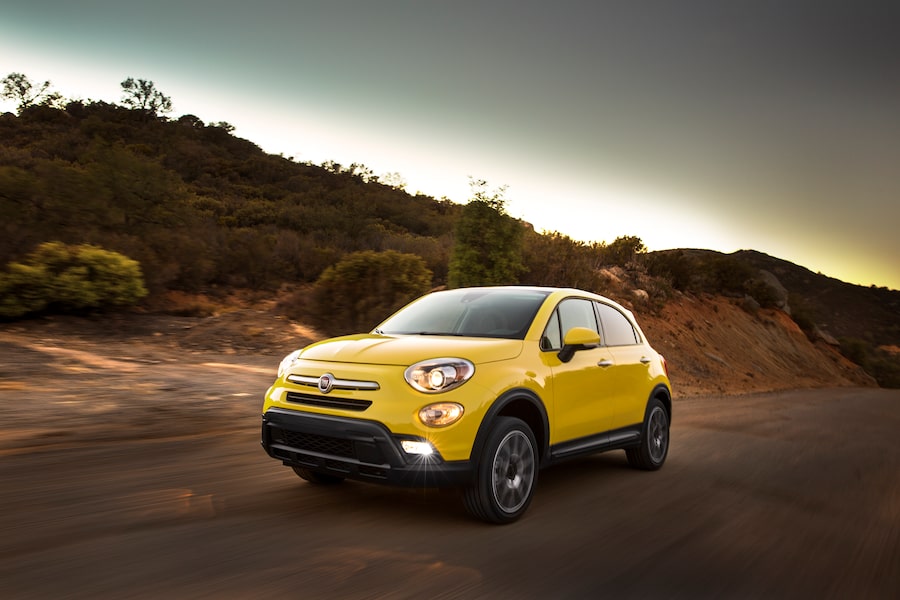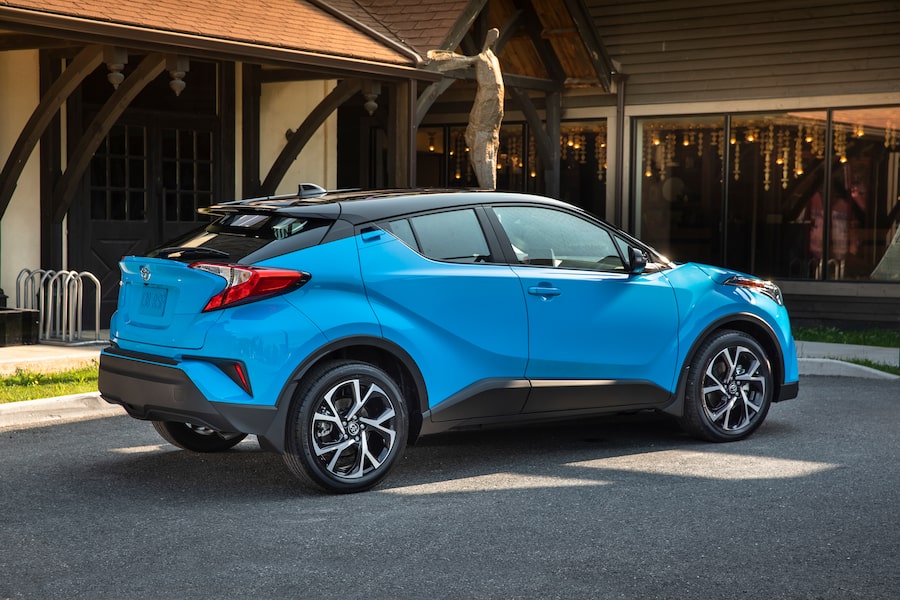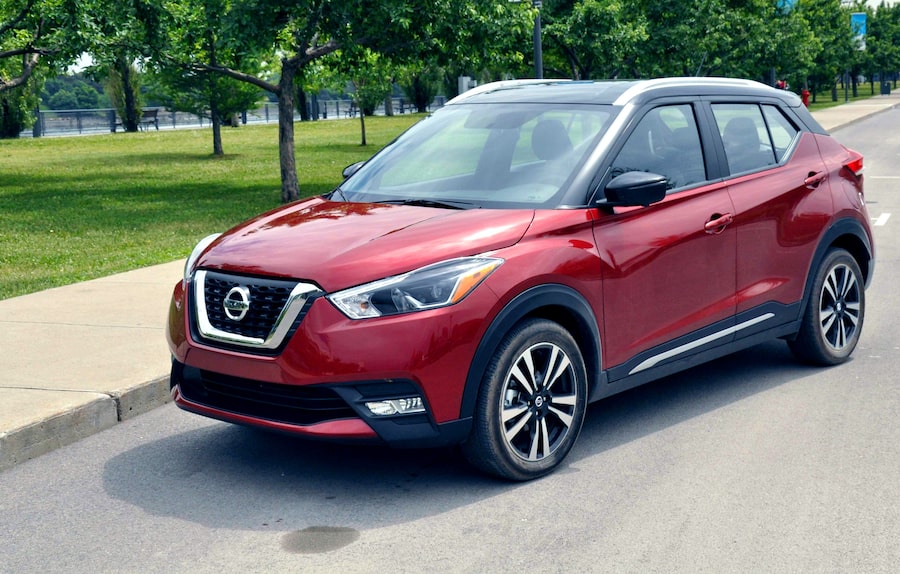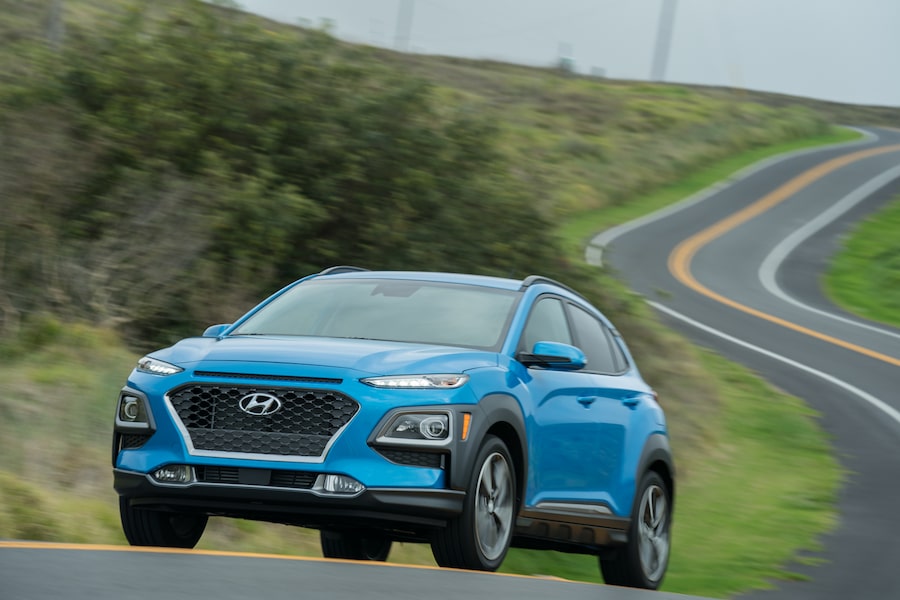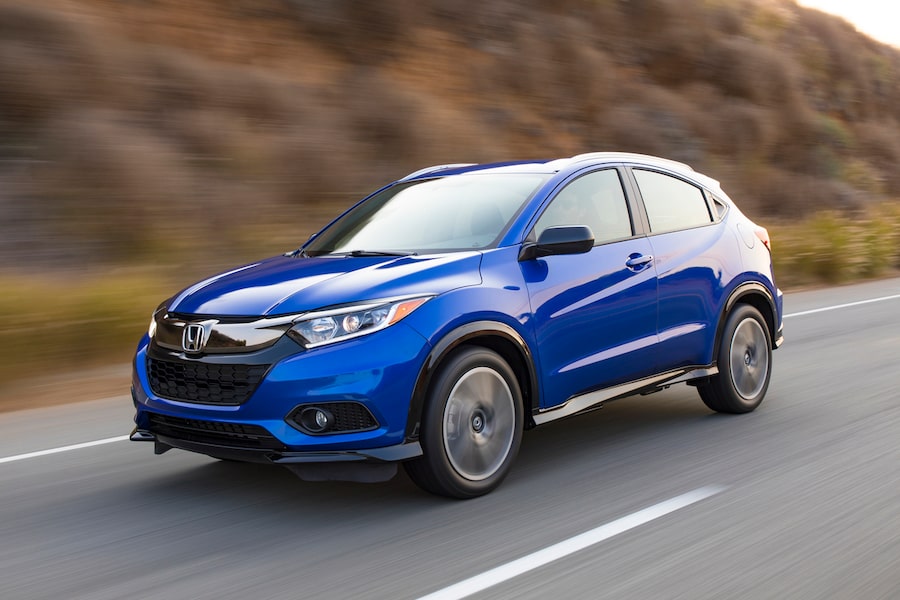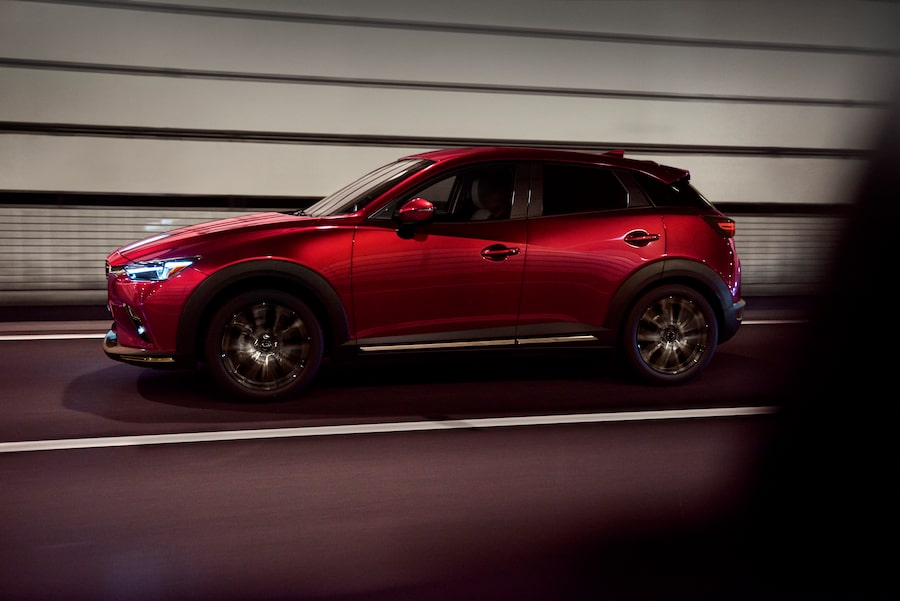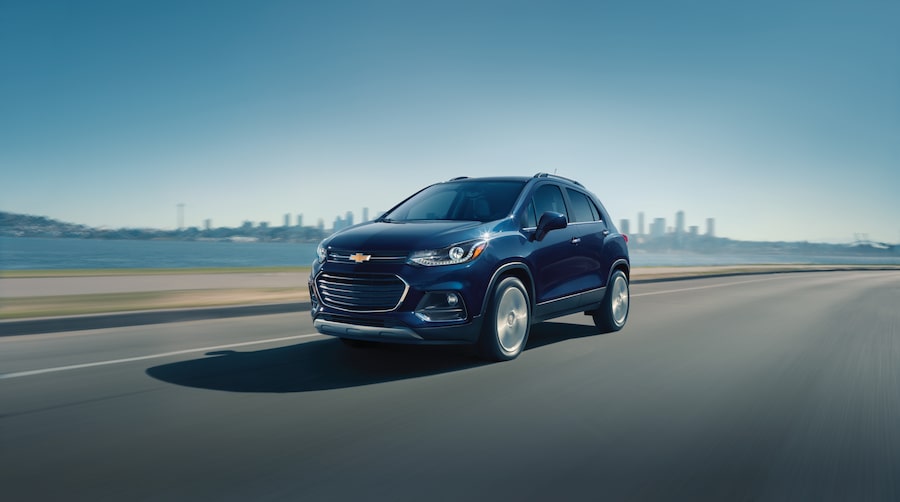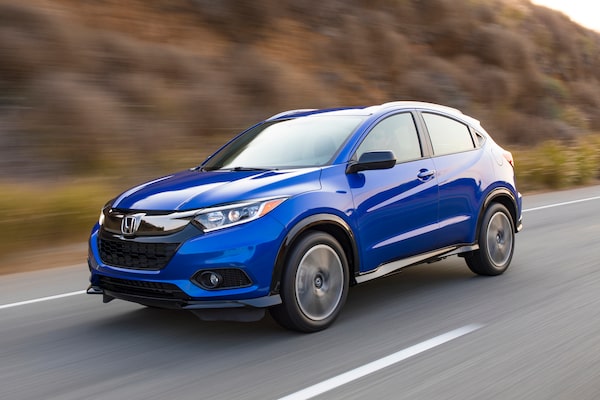
Compact SUVs such as the Honda HR-V Sport are flooding the market.
It's a curious phenomenon in Hollywood, how similar films come out near simultaneously, such as Tombstone in 1993 and Wyatt Earp in 1994, Dante’s Peak and Volcano in 1995, Armageddon and Deep Impact in 1998, White House Down and Olympus Has Fallen in 2013. Producers are giving us more of what they think we want.
In the automotive world, there’s a similar kind of groupthink. What we want now, according to the industry, is affordable micro-SUVs. There’s a deluge of them, flooding the market and threatening the supremacy of our old favourite: the compact car.
“This segment, subcompact SUV, has exploded with nameplates because it makes SUV ownership more accessible with lower base prices,” said Robert Karwel, senior manager of the Power Information Network at J.D. Power Canada.
Examples of the genre include: Toyota C-HR, Honda HR-V, Ford EcoSport, Jeep Renegade, Hyundai Kona, Chevrolet Trax, Nissan Kicks, Mazda CX-3, Fiat 500X and Buick Encore.
The base models are priced around the $20,000 mark. Compared with class-above compact SUVs, opting for a subcompact can save you significant cash.
“The economics make ownership easier,” Karwel said. “If we compare the average subcompact SUV with the average compact SUV – so let’s say a Chevy Trax versus a Chevy Equinox – the smaller ‘ute is almost $100 cheaper per month to finance, and is about $6,000 cheaper in total vehicle price.”
Not only that, but the cost of ownership – typically a weak point with SUVs – is relatively low. Traditional SUVs are gas guzzlers because they have big engines and beefy chassis and all-wheel drive. These subcompact models have none of those things. They’re all front-wheel drive, with all-wheel drive usually only available as a (pricey) option.
The Ford EcoSport – which is in no way sporty – has a dinky 123-horsepower, three-cylinder turbocharged engine.
The Nissan Kicks engine makes only 115 lb-ft of torque. The 0-100 km/h sprint feels more like a leisurely stroll. On the flip side, because it’s such a lightweight – tipping the scales at just 1,197 kilograms – fuel economy is rated at a very frugal 6.6 litres/100 km on the highway and 7.7 in the city.
The Fiat 500X Sport is a veritable speed demon in this company, with 180 hp from a 2.4-litre motor. But, if you want fun-to-drive handling chops, our pick would be the Mazda CX-3. It has a nice balance of 146 hp and torque plus a lithe 1,237-kg curb weight. It also happens to be among the best-looking vehicles in the class.
Toyota’s C-HR is an interesting outlier in this category for three reasons: It has a high base price of $23,695, class-leading safety tech as standard and looks bonkers, like a cartoon stealth fighter. The higher price brings Toyota’s Safety Sense P, a standard package that includes auto emergency braking with pedestrian detection, lane-departure mitigation with automated steering assist, automatic high-beams and dynamic radar cruise-control.
While these micro-SUVs are stealing some sales from their larger SUV siblings, Karwel noted, most customers are migrating from cars.
“The price point is basically undercutting the most popular segment in Canada – compact cars – which has an average vehicle price of $25,000,” he said.
The average price for one of these sub-compact SUVs is $27,513, including cash rebates, according to JD Power data. Buyers face a choice between getting a compact car for $25,000, or spending $2,500 more to get a subcompact SUV.
Yes, these micro-SUVs are pricier than plain old cars, and are, in essence, just tall hatchbacks dressed in SUV drag. But, buyers are nevertheless increasingly choosing them over cars.
“SUVs have the perception of safety combined with winter capability and practicality. It provides for a compelling purchase motivation for Canadians,” said Karwel.
In other words, don’t bet on the trend toward micro-SUVs slowing down.
The Mazda CX-3 is the bestseller among this group through the first half of the year, according to data from GoodCarBadCar. Canadian sales are up 40 per cent to 6,803 units as of June. The Hyundai Kona is right behind, with 6,236 sales despite only arriving in March. (We’re not including the Nissan Qashqai and Subaru Crosstrek in this category because they’re both slightly larger machines.)
Subcompact SUVs are more popular than their car counterparts, but less popular than bestselling compact cars such as the Honda Civic. Although, compact-car sales are trending down for nearly all models, whereas subcompact SUV sales are trending up for most models, again according to GoodCarBadCar data.
Just five years ago there were only three or four micro-SUVs. Now there are at least 10, with more likely on the way.
“I would be on the lookout for new models here from VW, FCA, Subaru, etc.,” Karwel said.
If and when new models arrive, expect them to do so all at once, in a flurry of marketing buzz not seen since Antz and A Bug’s Life both came out in 1998.
Shopping for a new car? Check out the new Globe Drive Build and Price Tool to see the latest discounts, rebates and rates on new cars, trucks and SUVs. Click here to get your price.
Sign up for the weekly Drive newsletter, delivered to your inbox for free. Follow us on Instagram, @globedrive.
